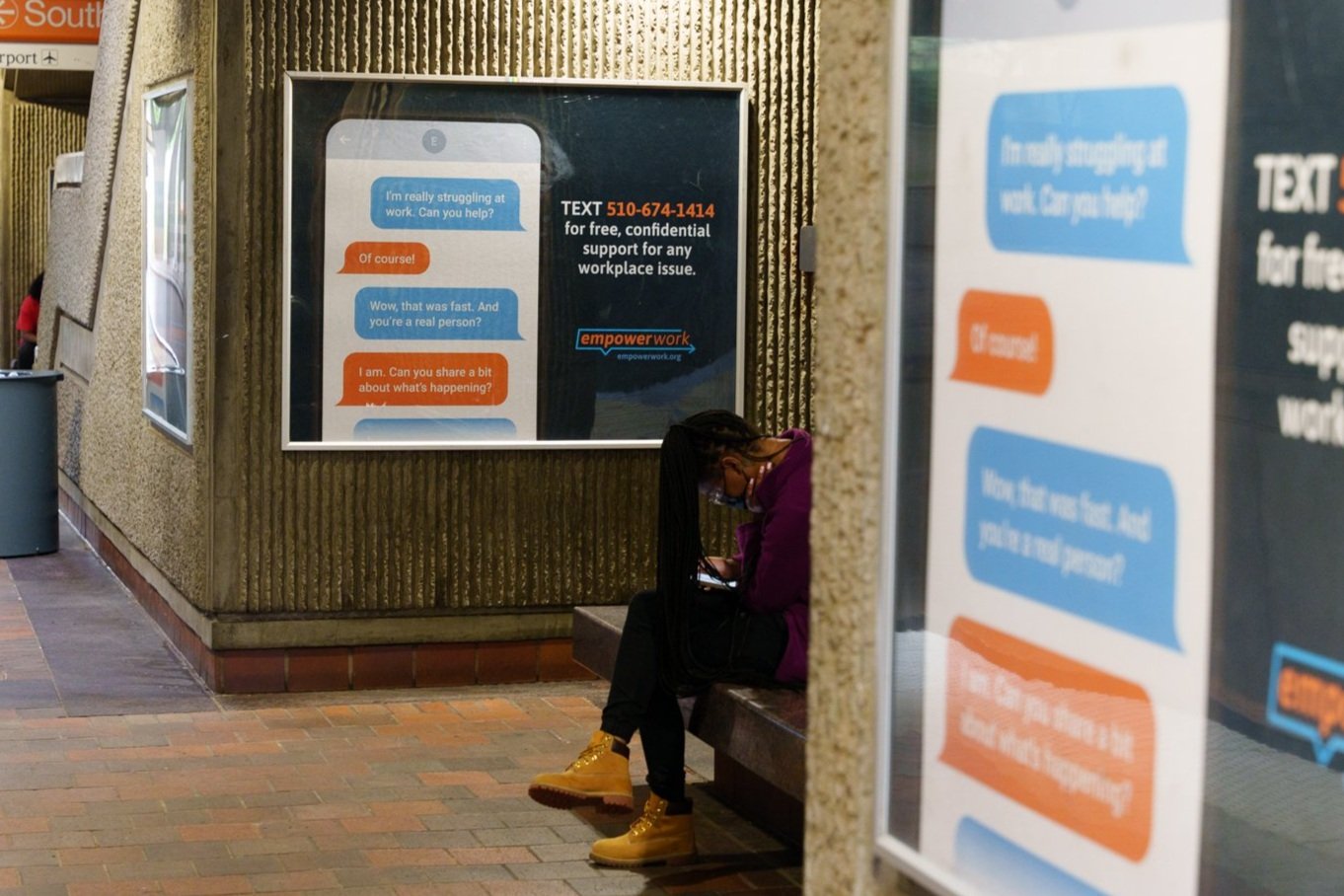Navigating an anxiety disorder in the workplace
Occasional feelings of anxiety are common and everyone has them from time to time—worries about health, family, school, work, friendships. In the workplace, this may look like common worries about deadlines, performance reviews, or getting to work on time.
Some may argue that we need anxiety to survive because it’s our mind or our bodies acting as a warning sign to bring awareness to your surroundings or your current life situation.
But what if you’ve been diagnosed with an anxiety disorder? Generalized Anxiety Disorder (GAD), Panic Disorder, Social-Anxiety Disorder, and Phobia-related disorders like agoraphobia are all examples of anxiety disorders.
Navigating an anxiety disorder in the workplace can be extremely challenging, especially when your coworkers may not know the difference between common anxiety and your specific disorder.
How do anxiety disorders differ from feeling anxious?
Everyone feels anxious now and then—and at work. Anxious feelings can be important warning signals to look out for—maybe it’s fear, uncertainty, overthinking, caring intensely about outcomes, etc. It’s common to feel anxious about work—40% of working Americans report feeling stressed during their workday.
Since some people may not know or acknowledge the difference between common anxiety and anxiety disorders, people with anxiety disorders are often dismissed.
So how does common anxiety differ from anxiety disorders?
There are many different anxiety disorders and different symptoms or signs for each one. For example, Generalized Anxiety Disorder (GAD)—the most common anxiety disorder that affects 3.1% of the U.S. population—is a persistent and unshakable anxiety that can last for months or even years. Symptoms of GAD include symptoms such as trouble concentrating, fatigue, irritability, rapid heart beating, or abdominal pain.
The main difference between anxiety disorders and feeling anxious is that the anxiety that people with disorders experience is persistent, out of proportion to a situation, and impairs the ability to function normally.
How does having an anxiety disorder affect people at work?
Anxiety disorders affect people in their everyday lives, including at work. Anxiety may cause people to forget deadlines, fail to give presentations, not be able to focus, or lose motivation and interest in their work.
Some anxiety disorders like agoraphobia—excessive fear of public places or certain situations— make it seemingly impossible for people to function in a work environment at all. Social anxiety makes it difficult for people with the anxiety disorder to communicate or interact with their coworkers.
As one Empower Work help seeker shared:
“I can't keep working. I have crippling anxiety around work and have missed a lot of great opportunities because of it…[Things that trigger the anxiety include]...loud noises, new places. new people, having to talk or be social, leaving the house.”
How to support anxiety disorders in the workplace
If someone at work has an anxiety disorder, chances are you may not know it. It’s up to the individual to disclose their disorder to their employers or other employees. There’s also a chance that someone may have an anxiety disorder but are unaware because they haven’t been diagnosed.
A workplace that accommodates anxiety disorders benefits everyone at work. Factors such as supportive management, a flexible work schedule, regular breaks, and environment modifications that reduce loud noises or distractions are all reasonable accommodations for employees with anxiety disorders. These accommodations would increase productivity and create a healthy work environment for everyone.
While these accommodations are important and needed in the workplace, having a general understanding of anxiety disorders and recognizing the signs are also essential factors to an inclusive working environment.
Reach out for support
If you have an anxiety disorder and you’re struggling to navigate this at work, there are actions you can take to get support.
Tell your employer. If you feel comfortable enough to do so, reach out to your employer. They may be able to make accommodations and modifications to your day-to-day work life that is specific to your anxiety disorder. Of course, not everybody feels comfortable disclosing information to their boss. In that case, maybe consider telling a trusted peer or mentor.
Practice time management and organization. Having an anxiety disorder can make many things in day-to-day tasks more challenging. Meeting deadlines and focusing on different tasks is a little more complicated when you have anxiety. Staying organized and practicing time management may help relieve stress.
Take regular breaks. Removing yourself from your work environment and headspace is important for a person’s well-being. This could look like taking a walk around the block, listening to music, or taking a few minutes to do some deep breathing or meditation.
Having an anxiety disorder at work can be difficult to navigate and the challenges may go unnoticed or dismissed. We’re here to listen and support you. If you struggle with navigating an anxiety disorder at work, text a peer counselor at 510-674-1414 for free, confidential support.
*Note: Empower Work provides non-legal support for workplace challenges. This information, while authoritative, is not legal advice or guaranteed for legality. Employment laws and regulations vary by state. We recommend consulting with state resources for specific interpretation and decisions. If you believe you were discriminated against in violation of the law, we recommend you seek legal advice.

